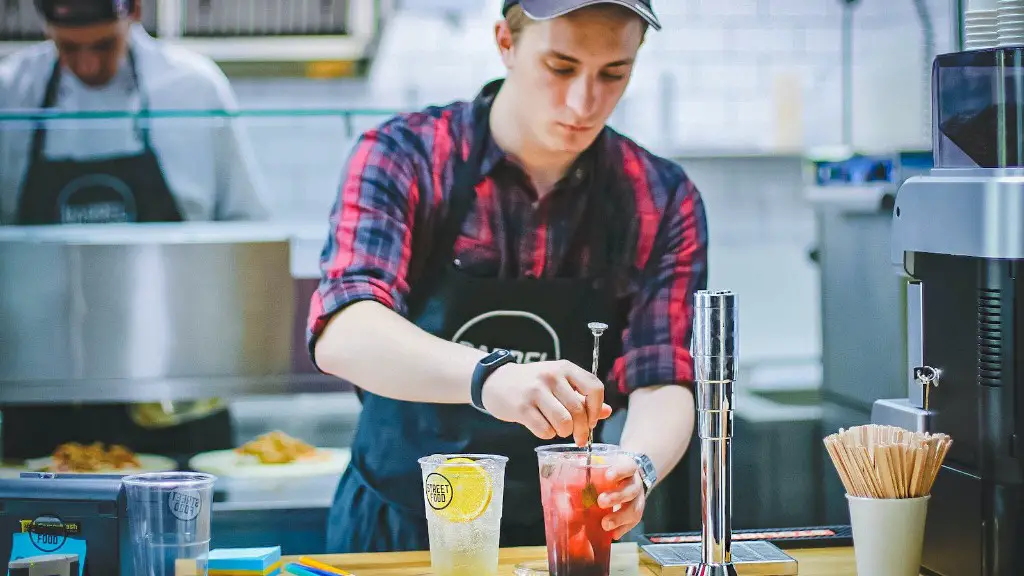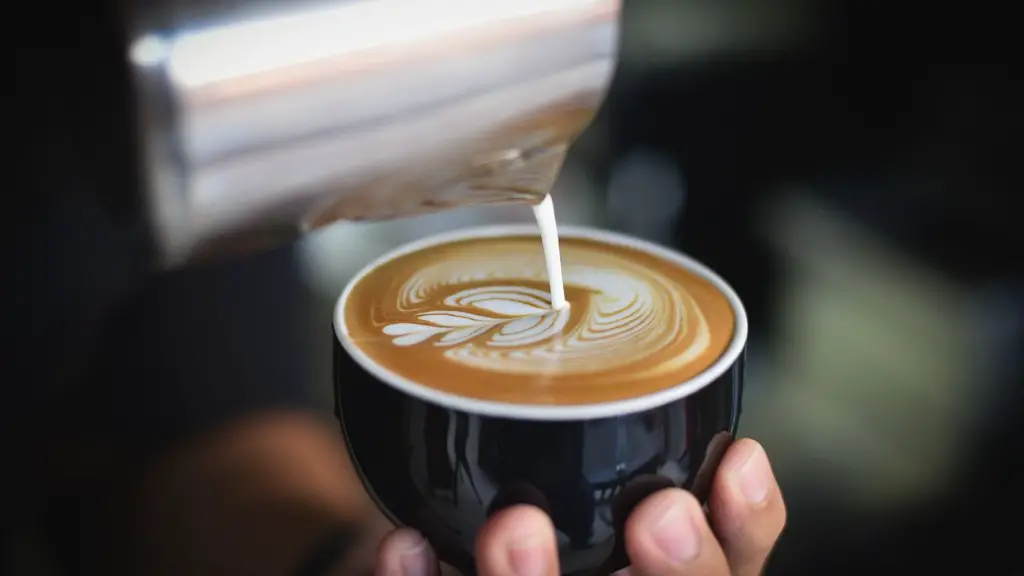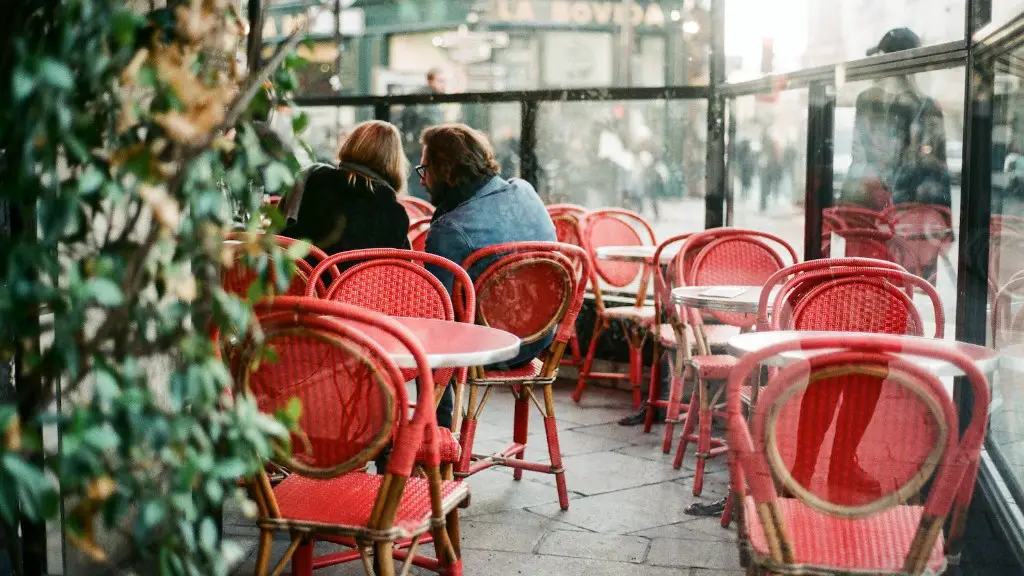If you’re thinking about opening a coffee shop, you’ll need to think about where you’ll source your coffee. There are a few things to consider when making this decision, like whether you want to buy coffee beans that are roasted or unroasted, fair trade or not, organic or not, and so on. This can be a complicated decision, but in this article, we’ll outline a few of the basics to help you get started.
There are a few things to consider when sourcing coffee for a coffee shop. First, decide what type of coffee you want to sell. There are many different types of coffee, so you’ll need to narrow down your choices. Second, research the coffee companies that supply the type of coffee you’ve selected. Find out where they source their coffee beans and what type of beans they use. Finally, negotiate a price with the coffee company. Be sure to get a price that’s fair for both you and the company.
How do coffee shops get their supplies?
A partnership with a coffee supplier can offer a number of benefits that may be appealing to your business. Some of these benefits can include reduced prices, regular maintenance, free equipment, and more. When considering a supplier partnership, it is important to evaluate the terms and conditions to ensure that it is a good fit for your company.
When it comes to sourcing freshly roasted specialty coffee beans, there are a few different options to choose from. One option is to buy them directly from a roaster. Another option is to buy them from a cafe or coffee shop. And finally, you can also buy them online from an online store.
If you want to ensure that you are getting the freshest beans possible, then buying them directly from a roaster is the best option. This way, you can be sure that the beans have been roasted recently and are of the highest quality.
Cafes and coffee shops are also a good option for sourcing fresh beans. Most cafes and coffee shops will only sell beans that have been roasted within the last few days, so you can be confident that you are getting fresh beans.
Finally, you can also buy beans online from an online store. However, it is important to make sure that the store you are buying from is reputable and sells high-quality beans. Otherwise, you may not be getting the fresh beans you are expecting.
What coffee do most coffee shops use
Black coffee is brewed with hot water using the classic drip coffee method or pour-over. The coffee is gently extracted to bring out the complex flavors found in Arabica beans. Black coffee is one of the easiest coffee drinks to recognize and is served in every coffee shop.
A coffee bean is actually a seed. When dried and roasted, it can be used to brew coffee. If the seed isn’t processed, it can be planted and grow into a coffee tree. Coffee seeds are generally planted in large beds in shaded nurseries.
How much profit does a small coffee shop make?
Coffee is a popular drink and one that can be very profitable for businesses. Coffee shops have lower overhead than many other businesses and can generate a lot of sales. The average small coffee shop owner makes $60,000-$160,000 a year, and the coffee industry generates about $70 billion a year in sales nationwide.
A sit-down coffee shop typically costs between $80,000 and $275,000 to set up. A large drive-through shop can cost between $80,000 and $200,000. A small kiosk may cost between $60,000 and $100,000.
Do coffee shops make their own coffee beans?
There are a few reasons why coffee shops might want to roast their own beans. Firstly, it allows them to have more control over the quality of the beans they use. They can pick and choose the beans they want to use, and they can roast them to their own specifications. This also allows them to create their own unique blends, which can be a big selling point for many coffee shops. Additionally, roasting beans on-site can create a really great atmosphere for customers. The smell of freshly roasted coffee beans is very inviting, and it can make people want to stay and hang out at the coffee shop for longer. Finally, roasting beans on-site can also save coffee shops money in the long run. Wholesale beans can be quite expensive, and roasting beans in-house can help to offset some of those costs.
There are two main types of coffee beans: Arabica and Robusta. Arabica beans are sweeter and more aromatic, while Robusta beans are more bitter and have a stronger flavor. In recent years, the popularity of using a mixture of both types of beans has grown. This allows for a more customized flavor that can be tailored to the preferences of individual customers.
How do I start a business plan for a coffee shop
1. Executive Summary:
The executive summary should provide a high-level overview of the coffee shop business plan, including the key elements discussed in more detail below.
2. Company Summary:
The company summary should provide further details on the company, including its history, any relevant awards or accolades, and any other distinguishing factors.
3. Management Team Overview:
The management team overview should provide an overview of the team that will be running the coffee shop, including their experience, qualifications, and role within the business.
4. Product and Customer Targeting Strategy:
The product and customer targeting strategy should detail the coffee shop’s approach to targeting its products and services to its desired customer base. This should include information on the type of coffee and other drinks that will be offered, as well as the price point and any other unique selling points.
5. Store Design Ideas, Equipment Choices, and User Experience:
The store design ideas, equipment choices, and user experience section should provide an overview of the coffee shop’s proposed design, including the layout, décor, and any unique features. This section should also discuss the type of equipment that will be used and how it will contribute to the
atmosphere, great customer service, and high quality products create an experience the customer wants to have over and over again. Engagement is the key! Customer service is something that we never compromise on. Also, cleanliness of the brewing equipment really makes a difference!
Why does coffee taste better at coffee shop?
There are two main types of coffee grinders: blade and burr. Blade grinders are the less expensive option, and they work by chopping up the beans with a spinning blade. This can lead to uneven grinding, which can make for a less than ideal cup of coffee. Burr grinders work by crushing the beans between two moving surfaces. This results in a more consistent grind, which is ideal for making coffee.
Chick-fil-A’s partnership with THRIVE Farmers Coffee is a great way to support individual farmers while getting high quality coffee. The coffee is sourced directly from farmers, so you know that your purchase is supporting them directly. The coffee is also roasted to perfection, so you can enjoy a great cup of coffee every time.
What is the supply chain for coffee
The coffee bean supply chain is a long and complicated process. It starts with growing the beans, then harvesting and hulling them. Next, the beans are dried, packed, and shipped to export sellers. Finally, the beans are roasted and sold to retailers like grocery stores, cafes, and specialty shops.
In between all these steps, the coffee beans go through international transporters and export sellers. This ensures that the beans are of the highest quality and are roasted to perfection.
A general rule of thumb for the perfect cup of coffee is using one to two tablespoons of ground coffee for every six ounces of water. You can adjust this ratio according to your taste preference. It is also important to use freshly roasted coffee within days of being roasted for the best flavor. You can buy a measuring cup to get more accurate measurements.
How is Starbucks coffee sourced?
Coffee is one of the most popular beverages in the world and coffee beans are sourced from all around the globe to ensure a steady supply and a variety of flavors. The three main coffee regions are Latin America, Asia-Pacific, and Africa. Latin American coffee is known for its rich, bold flavor, while coffee from the Asia-Pacific region is typically lighter and more mellow. African coffee is often described as spicy and fruity, with a heavy body. No matter where your coffee beans come from, you can be sure that you’ll enjoy a delicious cup of coffee.
There are a lot of statistics out there about the success rates of new businesses, and most of them are not very encouraging. It’s often said that “if it were easy, everyone would be doing it,” and that certainly seems to be true when it comes to starting a business. The average success rate for new businesses is only about 20%, and in the restaurant industry, the failure rate is an even higher 95%.
Of course, these statistics don’t mean that you shouldn’t try to start your own business. Many people do succeed, despite the odds, and if you have a great idea and are willing to work hard, you just might be one of them. But it’s important to go into the process with your eyes wide open, and to understand that the path to success is often a long and difficult one.
Final Words
There is no one-size-fits-all answer to this question, as the best way to source coffee for a coffee shop will vary depending on the specific needs of the business. However, some tips on how to source coffee for a coffee shop include understanding the coffee market, working with a reputable coffee roaster, and considering fair trade options.
The most important factor when sourcing coffee for a coffee shop is quality. It is important to find a supplier that can provide a consistent product that meets the needs of your customers. There are many factors to consider when choosing a supplier, including price, location, and availability. By taking the time to find a supplier that meets your needs, you can ensure that your coffee shop has the best possible coffee.





